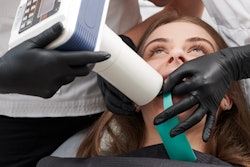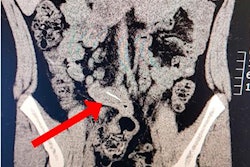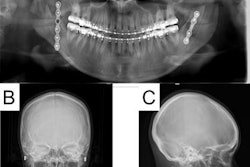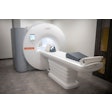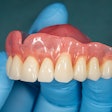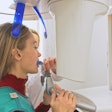
Researchers used facial similarities in siblings to help develop a new way to capture the 3D shape of a human face in a study published on May 13 in PLOS Genetics. The findings could pave the way for advancements in development biology, medical genetics, and forensic sciences.
An international team of researchers analyzed 3D facial data from 273 pairs of siblings with European ancestry. The strategy led to the identification of previously unknown connections between facial features and genetics, which could lead to a better understanding of human evolution and positively affect surgical planning.
"In this paper, we learn from 3D facial data itself, a series of relevant traits that are guided by the facial similarity observed between sibling pairs," wrote the group, led by Hanne Hoskens from the department of human genetics at KU Leuven in Belgium.
The distinct features of human faces have a strong genetic component, which is especially clear in the facial resemblance between twins and family members, the authors noted. However, studying the genetics that underlie craniofacial development has been difficult due to the 3D structure of the face.
The researchers circumvented this problem by dividing the face into 62 hierarchical segments that could be analyzed independently for the 273 pairs of siblings in the study. This method helped them discover 1,048 facial traits that are shared between siblings and likely have a genetic basis. For instance, 3D facial scans revealed siblings often had shared traits in their mandibles.
Hoskens and colleagues then used their new face capturing strategy to study 8,246 people of European ancestry who also had genetic data available for analysis. This revealed 218 locations within the human genome associated with facial traits shared by siblings.
For instance, one location identified by the researchers was linked with having down-turned corners of the mouth. Other sites had previously been associated with embryonic facial and abnormal head and facial bone development.
The study was possible due to advancements in open-access software and computational and statistical genetics in the past decade. The findings could lead to future studies that investigate the identified genetic locations and their involvement in facial development, the authors wrote.
"These findings should be followed-up by further replication efforts in larger samples in addition to functional studies in order to elucidate the biological mechanisms that control facial development, with numerous applications in the clinic and beyond," the authors concluded.





